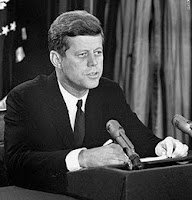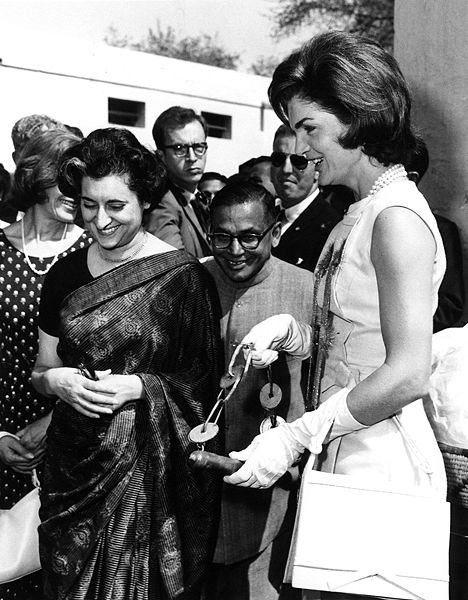
What happened to Officer John Parker, the man who chose the wrong night to leave his post at Ford's Theater?
By Paul Martin

After President Lincoln settled in to enjoy Our American Cousin at Ford's Theatre, his guard left to drink at a nearby saloon, leaving Lincoln vulnerable.
When a celebrity-seeking couple crashed a White House state dinner last year, the issue of presidential security dominated the news. The Secret Service responded by putting three of its officers on administrative leave and scrambled to reassure the public that it takes the job of guarding the president very seriously. “We put forth the maximum effort all the time,” said Secret Service spokesman Edwin Donovan.
That kind of dedication to safeguarding the president didn’t always exist. It wasn’t until 1902 that the Secret Service, created in 1865 to eradicate counterfeit currency, assumed official full-time responsibility for protecting the president. Before that, security for the president could be unbelievably lax. The most astounding example was the scant protection afforded Abraham Lincoln on the night he was assassinated. Only one man, an unreliable Washington cop named John Frederick Parker, was assigned to guard the president at Ford’s Theatre on April 14, 1865.
Today it’s hard to believe that a single policeman was Lincoln’s only protection, but 145 years ago the situation wasn’t that unusual. Lincoln was cavalier about his personal safety, despite the frequent threats he received and a near-miss attempt on his life in August 1864, as he rode a horse unescorted. He’d often take in a play or go to church without guards, and he hated being encumbered by the military escort assigned to him. Sometimes he walked alone at night between the White House and the War Department, a distance of about a quarter of a mile.
John Parker was an unlikely candidate to guard a president—or anyone for that matter. Born in Frederick County, Virginia, in 1830, Parker moved to Washington as a young man, originally earning his living as a carpenter. He became one of the capital’s first officers when the Metropolitan Police Force was organized in 1861. Parker’s record as a cop fell somewhere between pathetic and comical. He was hauled before the police board numerous times, facing a smorgasbord of charges that should have gotten him fired. But he received nothing more than an occasional reprimand. His infractions included conduct unbecoming an officer, using intemperate language and being drunk on duty. Charged with sleeping on a streetcar when he was supposed to be walking his beat, Parker declared that he’d heard ducks quacking on the tram and had climbed aboard to investigate. The charge was dismissed. When he was brought before the board for frequenting a whorehouse, Parker argued that the proprietress had sent for him.
In November 1864, the Washington police force created the first permanent detail to protect the president, made up of four officers. Somehow, John Parker was named to the detail. Parker was the only one of the officers with a spotty record, so it was a tragic coincidence that he drew the assignment to guard the president that evening. As usual, Parker got off to a lousy start that fateful Friday. He was supposed to relieve Lincoln’s previous bodyguard at 4 p.m. but was three hours late.
Lincoln’s party arrived at the theater at around 9 p.m. The play, Our American Cousin, had already started when the president entered his box directly above the right side of the stage. The actors paused while the orchestra struck up “Hail to the Chief.” Lincoln bowed to the applauding audience and took his seat.
Parker was seated outside the president’s box, in the passageway beside the door. From where he sat, Parker couldn’t see the stage, so after Lincoln and his guests settled in, he moved to the first gallery to enjoy the play. Later, Parker committed an even greater folly: At intermission, he joined the footman and coachman of Lincoln’s carriage for drinks in the Star Saloon next door to Ford’s Theatre.
John Wilkes Booth entered the theater around 10 p.m.. Ironically, he’d also been in the Star Saloon, working up some liquid courage. When Booth crept up to the door to Lincoln’s box, Parker’s chair stood empty. Some of the audience may not have heard the fatal pistol shot, since Booth timed his attack to coincide with a scene in the play that always sparked loud laughter.
Read More
























